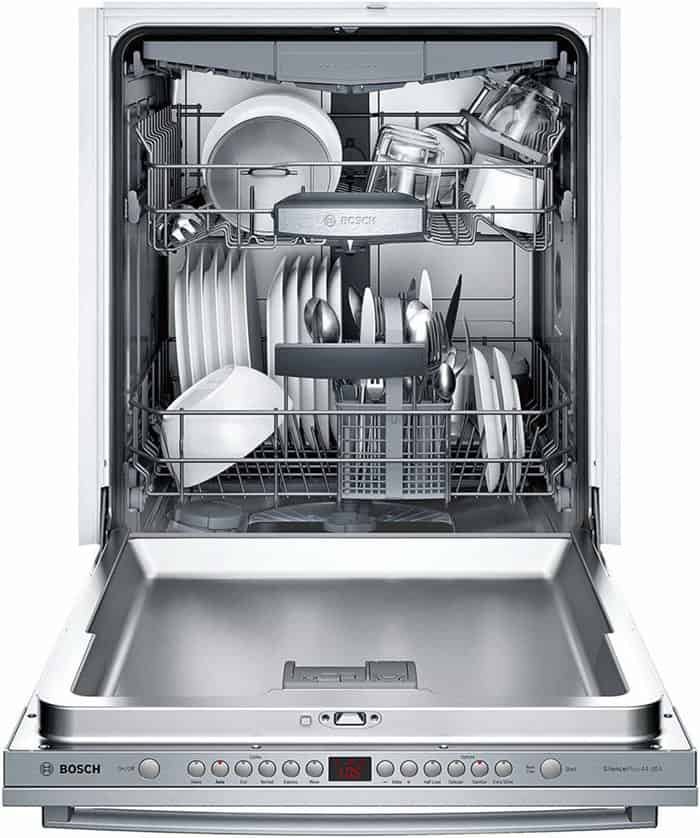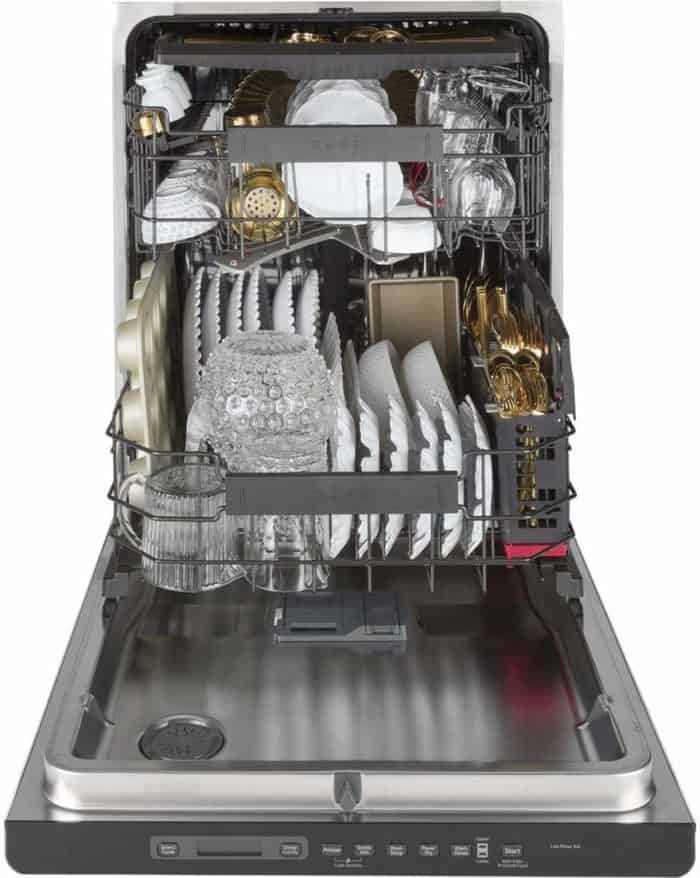In today’s fast-paced world, efficiency in household chores is paramount. One such task is dishwashing, where modern technology has significantly enhanced the experience.
Understanding the duration of dishwashing cycles can help optimize kitchen routines and ensure efficient use of time and resources.
This article delves into the factors influencing the length of dishwashing cycles, different types of cycles available, and how to choose the right one for your needs.

Table of Contents
How Long Is a Dishwashing Cycle? A Comprehensive Guide
The length of a dishwashing cycle can vary depending on the dishwasher model and settings chosen.
Typically, a standard dishwashing cycle can last anywhere from 1 to 2 hours. Some dishwashers offer shorter cycles for lighter loads or quick washes, which can be as short as 30 minutes.
It’s important to refer to the user manual of your specific dishwasher to determine the exact length of each cycle option available.
Factors such as water temperature, soil level on dishes, and energy-saving features can also affect the duration of a dishwashing cycle.
Ultimately, choosing the right cycle for your needs can help optimize cleaning performance while saving time and energy.
Factors Influencing the Length of Dishwashing Cycles
Several variables affect the duration of a dishwashing cycle. These include:
1. Dishwasher Model and Technology
Modern dishwashers come equipped with advanced technology designed to enhance efficiency. Models with sensor-based technology adjust the cycle length based on the cleanliness of the dishes.
High-efficiency dishwashers typically have longer cycles as they use less water and energy, optimizing the cleaning process.

2. Soil Level of Dishes
The amount of food residue and grime on dishes significantly impacts the cycle length. Heavily soiled dishes require longer cycles to ensure thorough cleaning, while lightly soiled dishes can be cleaned quickly.
3. Selected Cycle Type
Dishwashers offer a variety of cycle options to cater to different needs:
- Quick or Express Cycle: Ideal for lightly soiled dishes, typically lasting between 30 to 60 minutes.
- Normal Cycle: Suitable for everyday dishwashing, with an average duration of 90 to 120 minutes.
- Heavy Duty Cycle: Designed for heavily soiled dishes and pots, ranging from 120 to 150 minutes.
- Eco Cycle: Focuses on energy and water efficiency, usually taking 150 to 240 minutes.
4. Water Temperature and Pressure
The temperature of the water and the pressure at which it is dispensed can influence cycle times. Higher temperatures and pressures can expedite the cleaning process but may increase energy consumption.
5. Drying Options
The drying phase can add to the overall cycle time. Heat drying is faster but consumes more energy, while air drying is energy-efficient but takes longer.
Understanding Different Dishwashing Cycles
Knowing the different types of dishwashing cycles can help you choose the most appropriate one for your needs.
Quick or Express Cycle
This cycle is perfect for lightly soiled dishes and when you are short on time. It uses higher water temperatures and stronger sprays to expedite the cleaning process, usually finishing within 30 to 60 minutes.
Normal Cycle
The normal cycle is the most commonly used and is suitable for everyday dishwashing tasks. It balances cleaning efficiency and energy consumption, typically taking between 90 to 120 minutes to complete.

Heavy Duty Cycle
For heavily soiled dishes, pots, and pans, the heavy-duty cycle is ideal. It uses higher water temperatures and longer wash times to tackle stubborn grime, with a duration ranging from 120 to 150 minutes.
Eco Cycle
The eco cycle focuses on water and energy efficiency. It uses lower temperatures and longer wash times to reduce energy consumption, usually taking 150 to 240 minutes. This cycle is ideal for environmentally conscious users.
Sanitize Cycle
For households with high hygiene standards, the sanitize cycle is a perfect choice. It uses very high temperatures to kill bacteria and germs, typically adding 30 minutes to the normal cycle time.
Tips to Optimize Dishwashing Cycles
Maximizing the efficiency of your dishwasher can save time, energy, and water. Here are some tips:
1. Pre-Rinse Dishes
While modern dishwashers can handle a fair amount of residue, pre-rinsing heavily soiled dishes can reduce the cycle time and improve cleaning results.
2. Load Dishwasher Efficiently
Proper loading ensures that water and detergent reach all surfaces. Avoid overloading, and ensure that dishes do not block the spray arms.
3. Regular Maintenance
Regular maintenance, such as cleaning the filter and spray arms, ensures that the dishwasher operates efficiently, preventing extended cycle times.

4. Use the Right Detergent
Using a high-quality detergent can enhance cleaning efficiency, reducing the need for longer cycles.
5. Select Appropriate Cycle
Choosing the right cycle based on the soil level and type of dishes can optimize cleaning performance and cycle duration.
Conclusion
Understanding the various factors that influence the length of dishwashing cycles can help in selecting the appropriate cycle for your needs, ensuring efficient and effective dishwashing.
From quick cycles for lightly soiled dishes to heavy-duty options for tougher grime, modern dishwashers offer a range of cycles to cater to different requirements.
By optimizing dishwasher use, you can save time, energy, and water, contributing to a more sustainable household.
